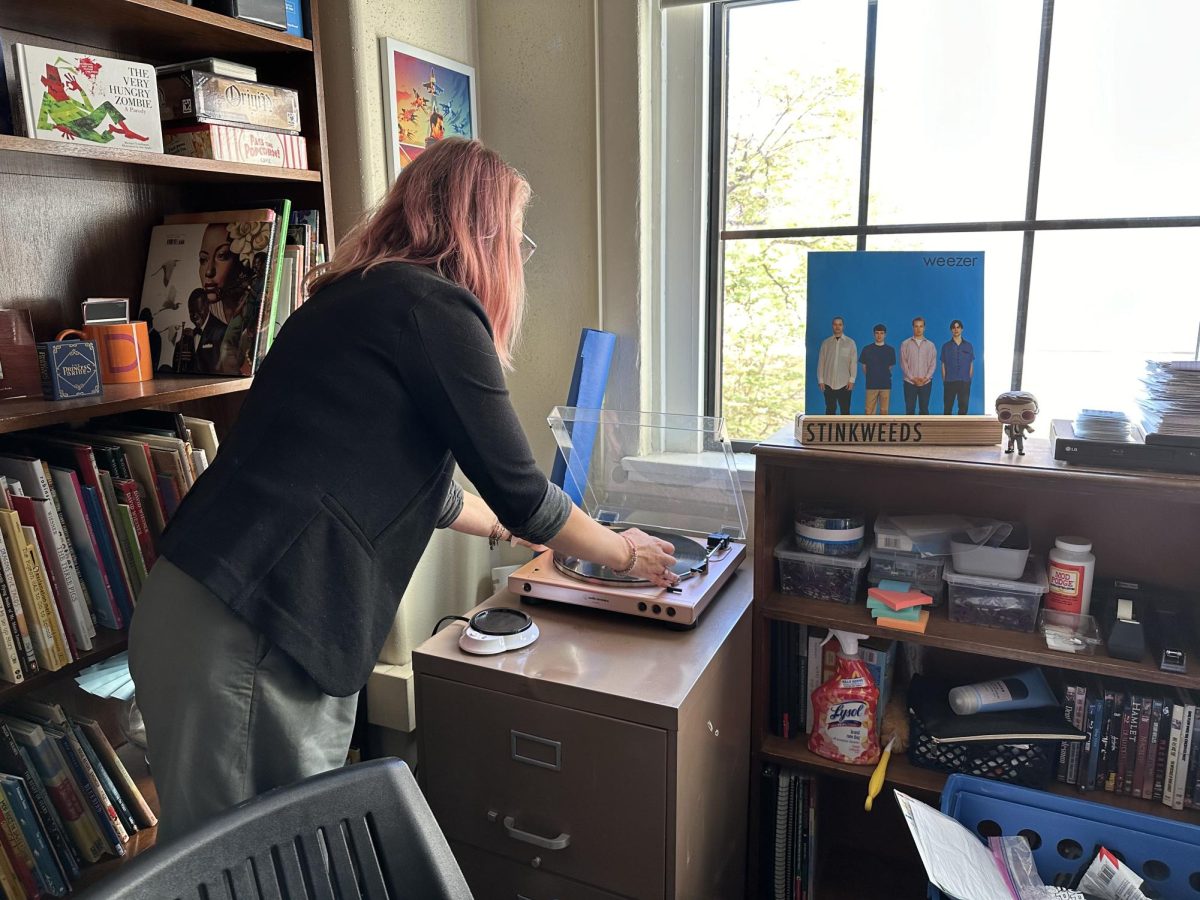By Anchal Jain ’13
THE BRONCO BEAT

As frequent concert-goers can attest, the setting of a concert has a huge impact on the feel of the show.
The difference between a large, arena-type venue and a smaller location can be quite significant.
Many people who have never had the opportunity to see one of their favorite musicians in a small setting might not see the appeal in comparison to a huge arena.
Within the Valley, I have seen concerts at most of the big locations, such as US Airways Center, Cricket Wireless Pavilion (now named Ashley Furniture HomeStore Pavilion) and Jobing.com Arena.
All of these locations feature huge stages with intricate lighting rigs, enormous video screens and, of course, extremely loud sound systems.
Concerts in this type of setting are typically high-energy and very theatrical, often with over-the-top stages and pyrotechnics.
The standing-room area “pits” are densely packed with people trying to get as close as possible to the stage, while the seats provide the peace of mind of easy access and exit throughout the show.
Being in the pit at a big, exciting rock concert can be an amazing experience, but it’s not for everyone.
In order to get close to the stage, people with pit tickets usually have to stand and wait for hours before the show starts.
Anyone who wants to go to a concert in a more casual manner should probably stick to seats instead.
Arena shows aside, why would anyone ever want to go to a show in a small venue such as the Crescent Ballroom, the Marquee Theatre, or perhaps the Venue Scottsdale?
These standing-room-only locations all hold around 1,000 people and make for very different shows when compared to the large arena shows.
From personal experience, the reason I prefer small locations is the intimacy with the band.
While a stadium of 10,000 screaming fans is obviously exciting, nothing can match the feeling of standing five feet away from the members of your favorite group while they perform your favorite songs.
At most 1,000 people or less music venues, the entire audience has an up-close view of the stage.
For someone who wants to be fully immersed in a musical performance, an intimate, small setting is ideal.
Typically, shows like this lack the theatrical element that large shows are defined by. The stages are usually simple, with less complex lighting.
Also, it is definitely worth noting that small venues such as the Crescent Ballroom, the Marquee, or the Venue have excellent acoustics, as they lack the strong echo that can sometimes make large arenas sound muddy or boomy.
As a general rule, it seems that small venues are best for someone looking to be close to the action and focused on the music; large venues are best for someone who is interested in a full sensory experience and who likes the energy of thousands of excited people around them.
The next time you learn that one of your favorite artists is coming to Phoenix (see Page B16 for concert listings), take a minute to note the venue of the show so you know exactly what to expect.
























